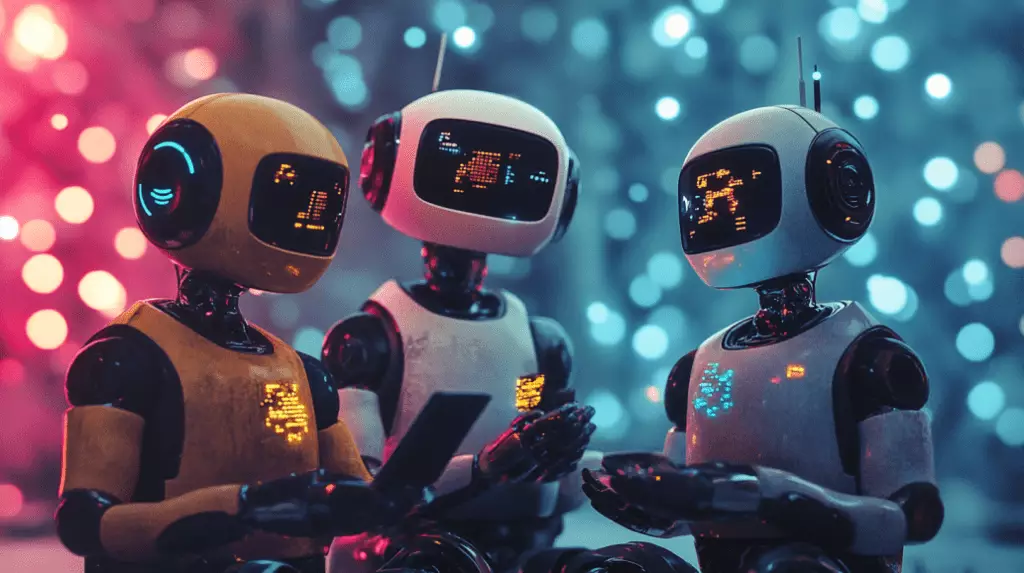In the dynamic landscape of artificial intelligence, collaboration is key. The Model Context Protocol (MCP) emerges as a groundbreaking open standard aimed at enabling AI agents to communicate seamlessly across diverse tools and interfaces. Recently, a significant update has been steered into the spotlight, refining the MCP specification and ushering in enhancements that broaden the horizons of AI capabilities while prioritizing security. The momentum behind this initiative is palpable, especially with notable industry giants like OpenAI and Microsoft now backing the protocol. This infusion of support is set to mark a transformative phase for AI technologies and their integration into daily applications.
New Enhancements in MCP: A Giant Leap Forward
The recent updates to MCP, as highlighted in the March 26 rollout, signify a substantial advancement in the protocol’s framework. At the core of these updates lies the introduction of OAuth 2.1-Based Authorization Framework, which strengthens the security of agent-server communications. Given the growing proliferation of AI in various fields, robust security measures are imperative, and this enhancement addresses crucial vulnerabilities in HTTP-based transmissions.
Furthermore, the shift to Streamable HTTP Transport opens the door to real-time interaction, allowing data to flow both ways simultaneously—much like a conversation between two people. This immediate back-and-forth is critical in creating a more engaging and efficient experience for users, particularly in contexts where real-time feedback can make or break outcomes.
Efficiency through JSON-RPC Batching and Tool Annotations
Efficiency is no longer a luxury but a necessity in AI systems, and JSON-RPC Batching significantly augments this aspect. By allowing multiple requests to be sent in one transaction, latency is reduced, streamlining interactions between AI agents and their tools. This functionality not only enhances the speed of operations but also optimizes resource use, which can translate to cost savings and increased productivity in environments that depend on AI.
Moreover, the implementation of Tool Annotations serves as a compelling addition, enriching the metadata that describes tool behavior. The implications for AI agents are profound; they can now explore tools with increased imagination and reasoning abilities, leading to innovative solutions tailored to complex tasks. Such flexibility can redefine how businesses approach problem-solving, allowing AI agents to adapt to the intricate demands of real-world applications.
The Rise of AI Agency and Automation
With the arrival of the Playwright-MCP server, developed by Microsoft, AI agents like Claude are evolving from simple conversational tools into sophisticated automation assistants capable of browsing the web and interacting with digital environments similarly to human users. This development heralds a new era of AI agency where machines are no longer passive responders but active participants in the digital landscape. By enabling agents to navigate web content, analyze data, and perform automated tasks, the potential for efficiency and effectiveness is vastly expanded.
These enhancements present promising opportunities across various sectors. Tasks that were previously labor-intensive can now be executed with the finesse of AI, offering businesses the chance to streamline operations, reduce human error, and increase organizational capabilities. For instance, automated testing and QA processes can significantly benefit from these new functionalities, paving the way for higher quality assurance standards in software development.
Solidifying Standards: The Path Ahead
The alignment of major companies with the MCP underscores a shift towards industry-wide standardization in AI protocols. OpenAI’s integration of MCP into its Agents SDK signifies a pivotal moment whereby multiple stakeholders can converge on a common framework, fostering interoperability. The engagement of Microsoft adds further credibility and establishes a robust backdrop for future developments.
However, the question remains: will other tech titans like Meta, Amazon, or Apple join this growing coalition? Their participation could catalyze the MCP to become the universal standard for AI interactions, granting developers not only a more cohesive toolset but also promoting trust amongst users in AI systems. The forthcoming months will be telling as developers and organizations adapt and forge pathways according to this evolving standard.
The Era of Protocols: Embracing Change and Innovation
As we stand at the brink of what many call the “protocol era of AI,” the potential for transformative change is unprecedented. The recent strides made by MCP, bolstered by support from industry giants, signal a turning point in how AI systems will interact both with each other and with the human world. It’s not merely about talking or responding—it’s about thinking, learning, and autonomously performing tasks in real-time.
The implications of such advancements extend beyond technical capabilities; they hint at a future where AI is not just a tool but an essential partner in various endeavors. By redefining the landscape of human-computer interaction, the MCP sets the stage for a more integrated, intelligent, and inspiring digital future, illuminating the boundless possibilities awaiting exploration.

